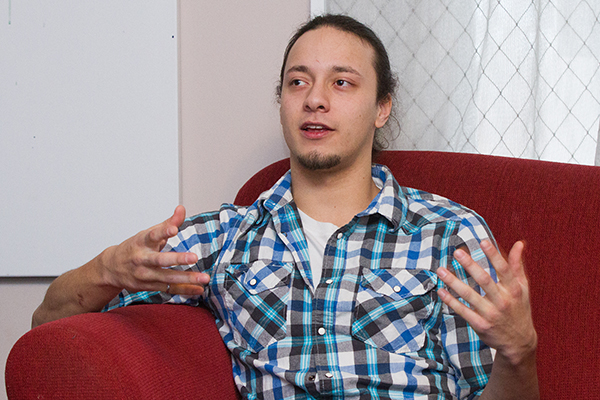Aboriginal learners take their 'future further'
February 4, 2016
Share

Donna May Kimmaliardjuk (Artsci’11), the first female Inuit cardiac surgeon, began her post-secondary education at Queen’s. Living away from home for the first time, Ms. Kimmaliardjuk credits the Four Directions Aboriginal Student Centre (FDASC) for providing a supportive community that helped her adjust.
Ms. Kimmaliardjuk’s story is featured in the Let’s Take Our Future Further campaign, which was launched this week by the Council of Ontario Universities (COU). The initiative celebrates the achievements of Aboriginal learners at Ontario universities and recognizes Aboriginal university graduates who make a daily difference in their communities.
KEY FACTS
• According to Statistics Canada, seven per cent of Canada’s self-identified Aboriginal population over 15 had a university degree or certificate compared with 21 per cent of Canada’s non-Aboriginal population.
• Nine per cent of Ontario’s self-identified Aboriginal population over 15 had a university degree or certificate compared to 23 per cent of Ontario’s non-Aboriginal population.
• A significant number of Aboriginal youth will be contributing to Canada’s economic and social prosperity by 2026. Aboriginal youth between 15 and 24 represent 18 per cent of the total Aboriginal population in Canada, with a further 28 per cent being children aged 14 and under.
Vice-Provost and Dean of Student Affairs Ann Tierney and Janice Hill, Director of FDASC, served on the COU working group that developed the campaign. Ms. Hill says the group wanted to move toward positive stories and away from drop-out and failure rates that are often the focus of discussions about Aboriginal youth and education.
“In my culture, we strive to use words of encouragement to effect change. So we are emphasizing the positives, especially these beautiful role models who agreed to be a part of the campaign,” she says. “We want youth to see themselves represented and believe they can achieve a post-secondary education, which is key to reconciliation, according to the Hon. Justice Murray Sinclair and the Truth and Reconciliation Commission of Canada.”
The Future Further website features compelling profiles and videos of roles models, including Ms. Kimmaliardjuk and Haven Moses (Sc’15). COU is also distributing resource kits for Aboriginal learners who are thinking about attending an Ontario university.
“We are pleased to join with the COU and our partner universities across Ontario to celebrate the success of Aboriginal students,” says Ms. Tierney. “We are proud of the achievements of Donna May and Haven, and that they were chosen as role models for this important and inspiring campaign.”
Ms. Hill says the campaign will support Queen’s targeted recruitment and outreach activities. Since 2011-12, among self-identified Aboriginal students, applications to Queen’s have increased by 30 per cent and offers of admission have increased 61 per cent. Acceptances by Aboriginal students increased by 93 per cent.
In terms of retention, 93 per cent of Aboriginal students continued with their studies between first and second year in 2014, up from the 84 per cent retention rate in 2013.